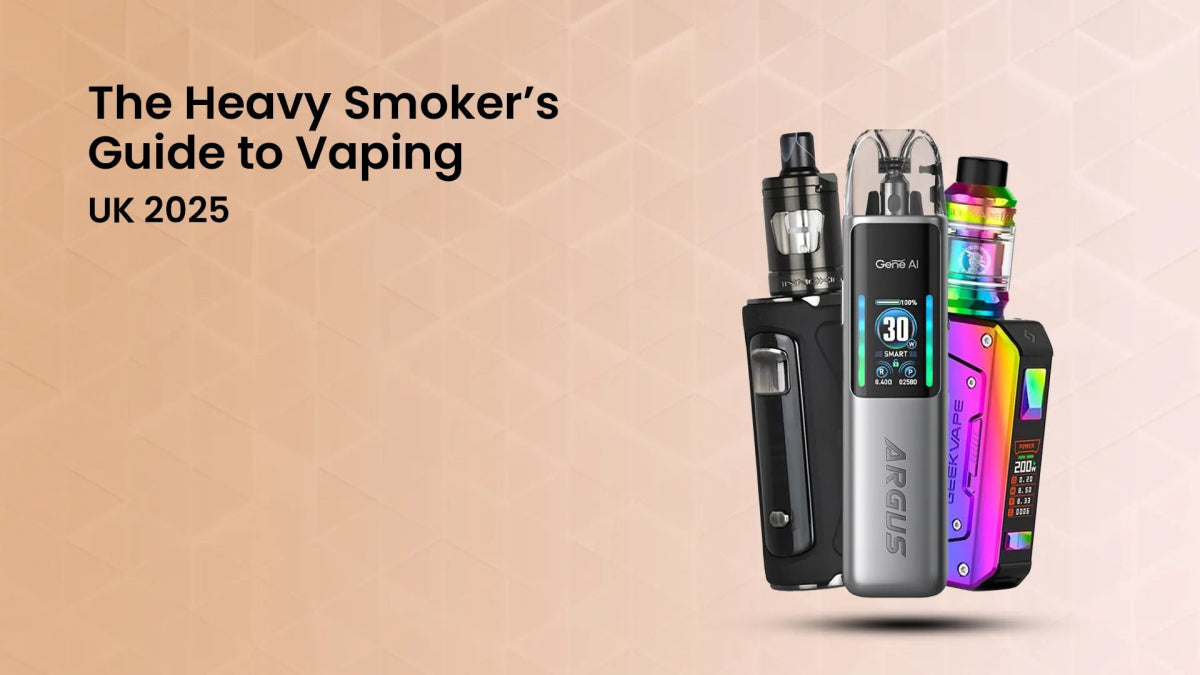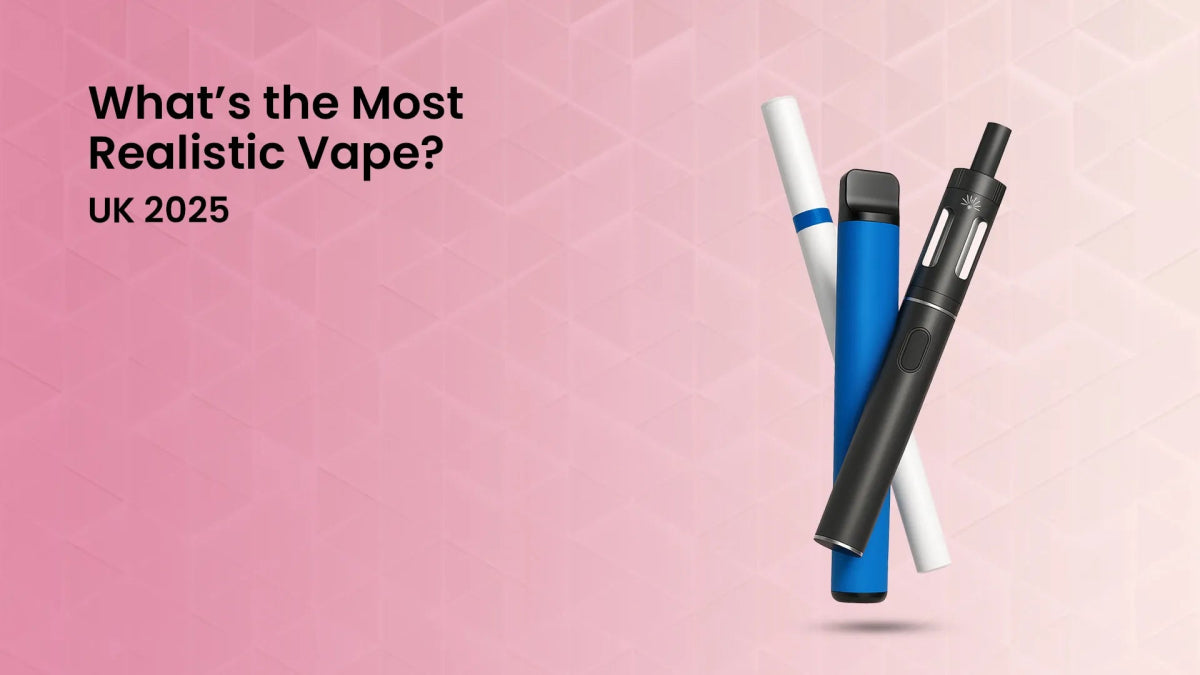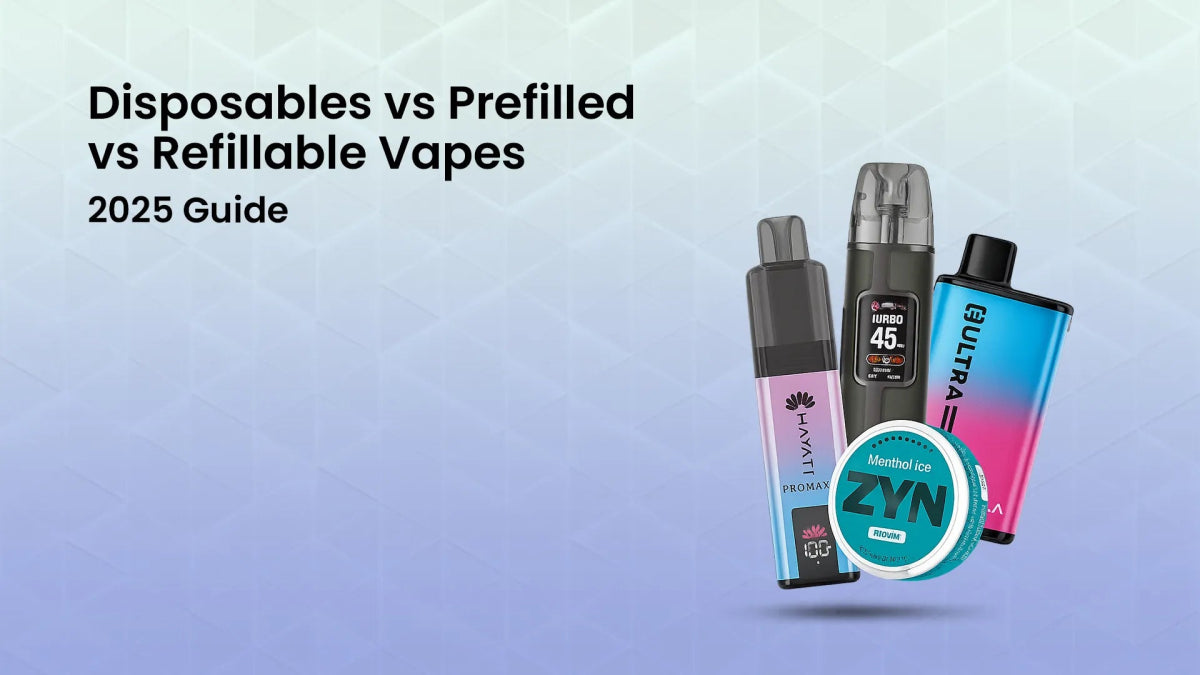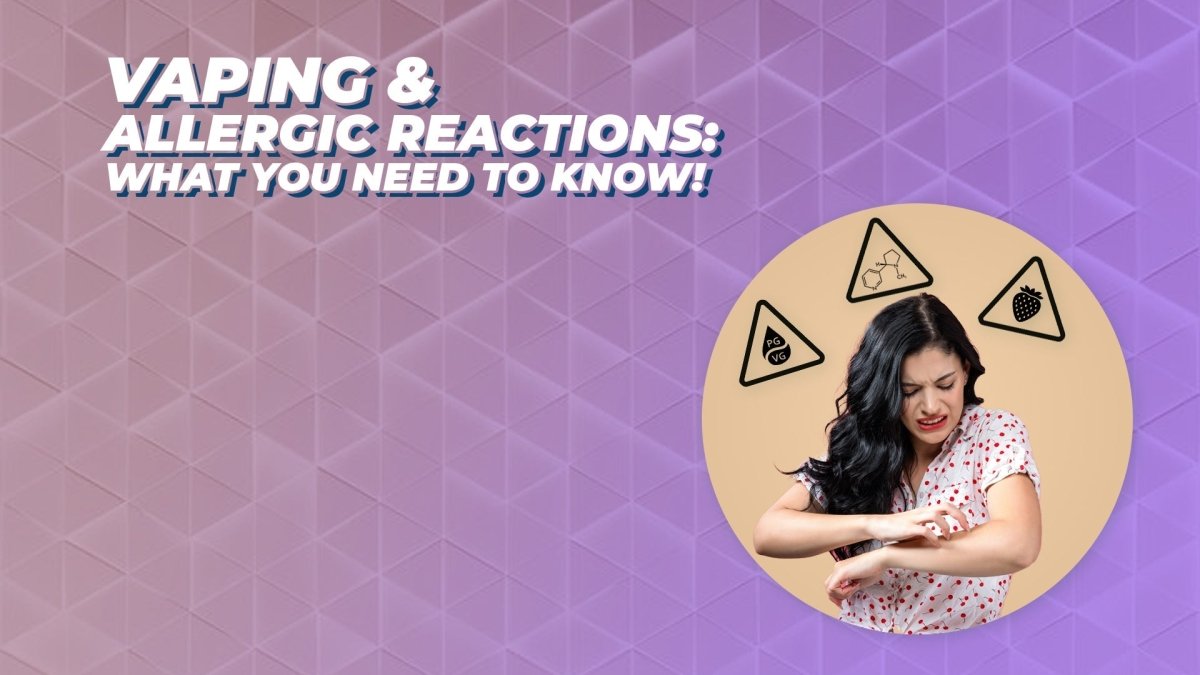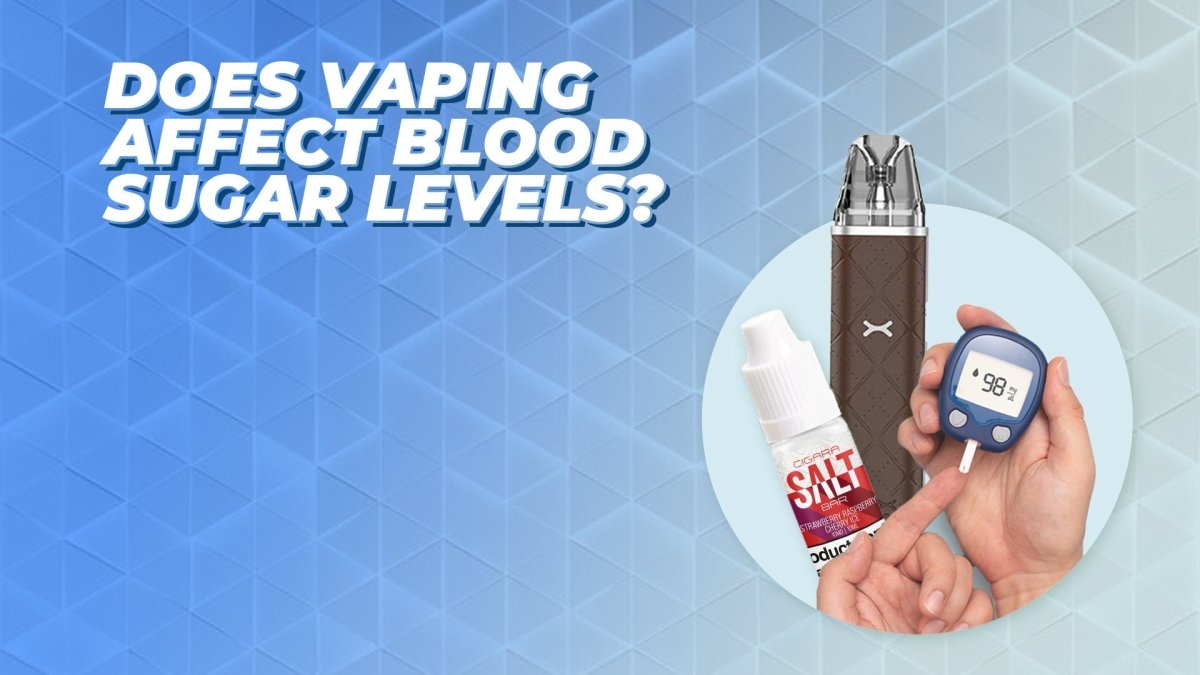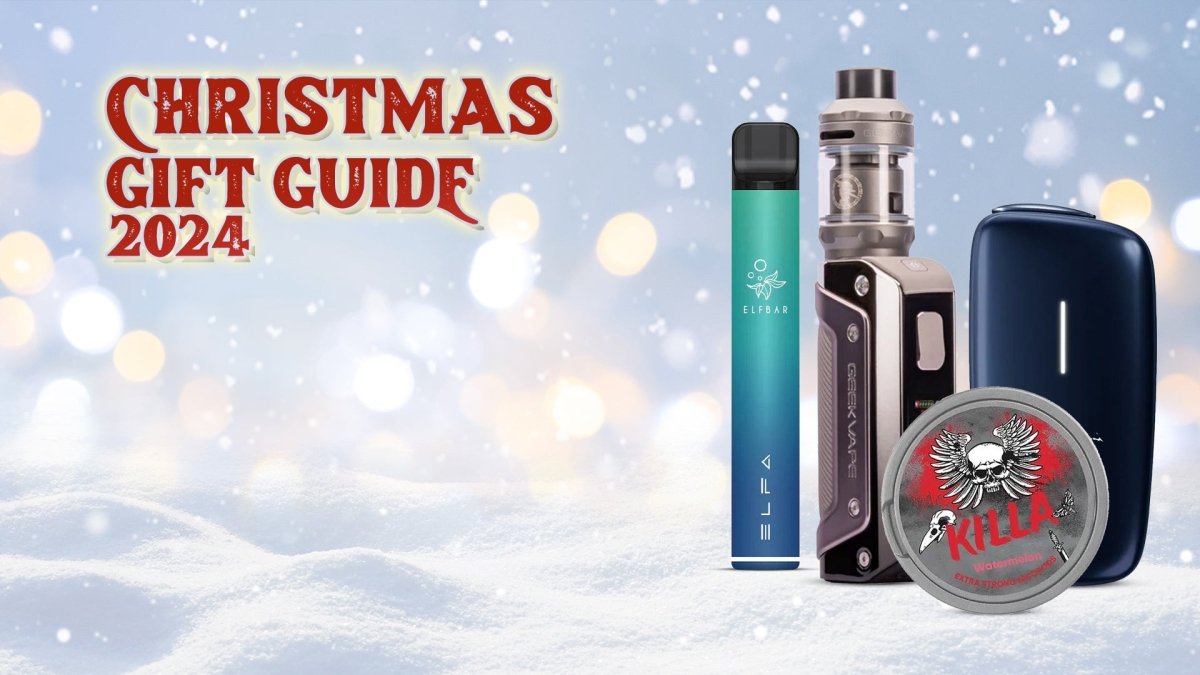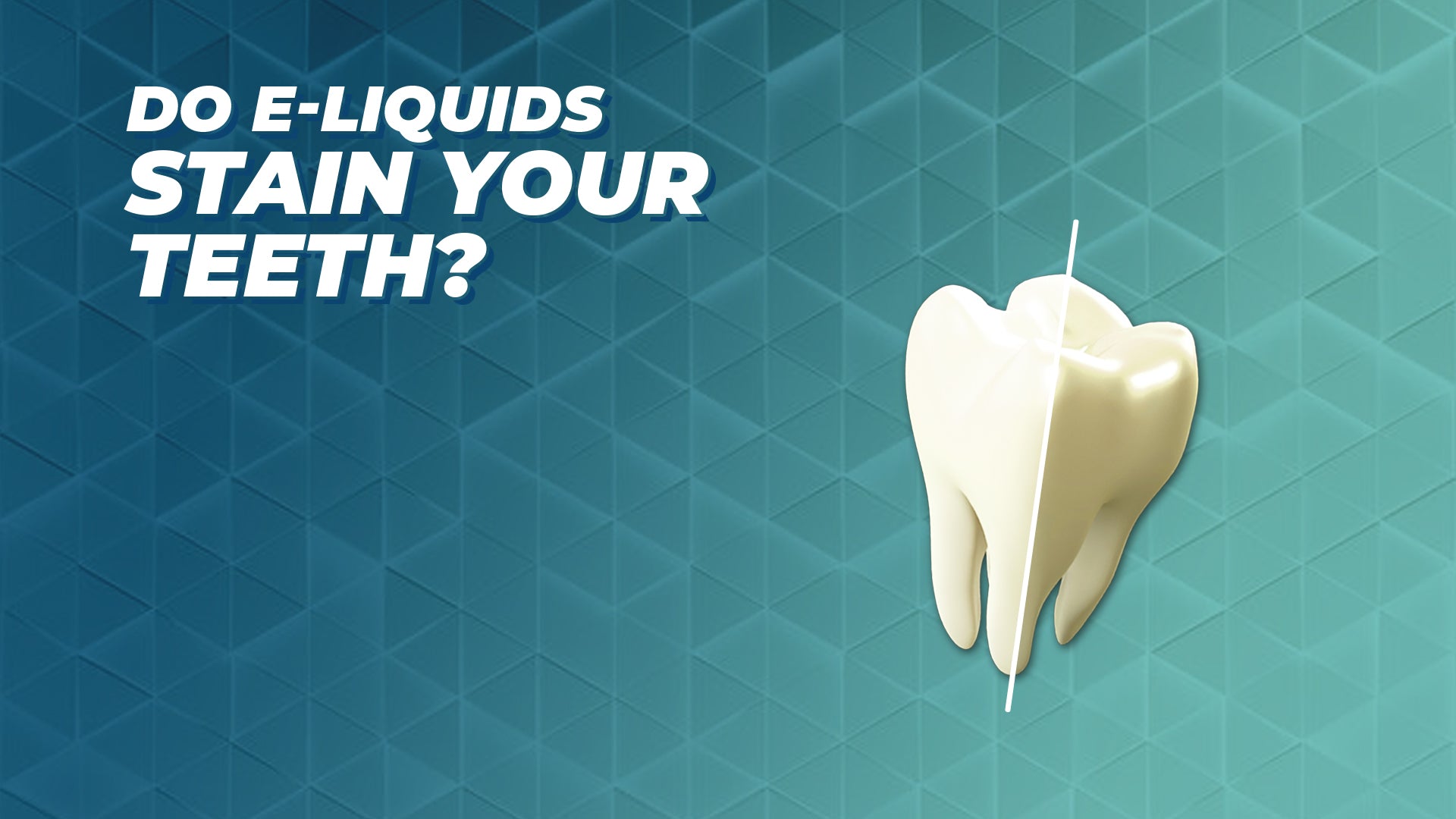Everything You Need To Know About Vape Coils
Table of Contents
- Introduction
- What is a Vape Coil?
- How to Choose Vape Coils
- Types of Vape Coils
- Types of Vape Coils: for beginners
- Types of Vape Coils: for advanced users
- Vape Coil Materials
- When to Change Vape Coils
- How Long do Vape Coils Last?
- Vape Coil Maintenance
- How to prime a vape coil
- Coil-conscious vaping
- Can you Clean Vape Coils?
- Vape Coils at myCigara
Vape coils are one of the key components in any vape kit. Crucial, and relatively simple, yet still sometimes a mystery to many vape users. Our aim is always to help people have the best initial experience with vaping and recognise its potential as a quit smoking aid; so, we don’t want anyone to fall at the first hurdle. Thus, our vape coils guide aims to simply and squarely set out the facts surrounding these bite-sized building blocks of vaping.
That said, we also want to make sure this guide to vape coils is useful for the more advanced user and not only beginners. We’ve tried to make the most important general info as clear as possible for new vape users, but most of these sections — especially toward the end — will flesh out a little bit more advanced know-how for seasoned, hobbyist vape fans.
Starting with the basics — what is a vape coil, and what does it do? — we’ll move through all the major points of this essential hardware component; types of vape coil, vape coil materials, how to choose the right vape coil, and of course the ever-important question of when to change vape coils, alongside a bit of general vape coil maintenance.

What is a Vape Coil?
In essence, vape coils are the heating element in a vape kit. The heat produced by vape coils is what heats the e-liquid in a vape tank and turns it into vapour. Vape coils are inarguably one of the three essential components of any type of vape kit, alongside the battery and the vape tank.
Not only are vape coils essential; they also function as a kind of hinge or liaison between the vape tank and the battery. The electrical current flows from the battery and through the vape coil; the vape coil then conducts this electrical energy. This causes the vape coil to heat up, and this heat is what makes your e-liquid begin to evaporate, turning it into vapour which you can inhale.
This is the key and basic role of a vape coil. A vape kit overall, being an electrical system, will have varying results in terms of end-user experience depending on the elements present, such as coil resistance (which we’ll come to) and battery voltage.
Nevertheless, no matter what type of vape kit, vape coil, or battery you have, this core physical process remains the same: the battery pushes electrical current through the coil, the coil heats up, the e liquid heats up.
Now that we know what key role of the vape coil is, let’s have a look at the initial selection process, and how to choose vape coils.

How to Choose Vape Coils
As noted above, adjusting any of the core components in any vape kit system will have a result on the end-user experience of vaping. Which simply means that when looking at how to choose vape coils, it’s a little more holistic; you’re thinking about what kind of vaping experience you would like.
In broad terms, choosing a vape coil has typically been a choice between the two main styles of vaping: MTL vaping and DTL vaping. As we’ve covered that topic in multiple other blogs, we won’t go into depth on it here; you can also examine it more closely in our blog on high or low resistance coils.
Typically, though, high resistance coils and low resistance coils have been the two main categories.
● High resistance coils are usually preferable for beginners as they provide a more mellow, smoking-like sensation (i.e. MTL vaping).
● Low resistance coils are the usual choice for advanced vape users who want intense flavour and big clouds (i.e. DTL vaping).
● As a very general rule of thumb, you would want a coil with a resistance of 1Ω or more for MTL vaping, and for DTL vaping you want to be below 1Ω.
● As you get more accustomed to your vaping setup and preferences, you may decide to move from MTL to DTL, which will include a gradual shift in your vape coil preferences — alongside other components of your vape kit.
● There’s also a possibility to hover somewhere in the middle, and enjoy what’s known as RDTL vaping — this typically involves coils that are higher-resistance than MTL coils, but still lower than DTL and starter coils.
Here’s the thing though. There’s been an industry-wide shift in the past couple of years toward increased convenience and creating a seamless customer experience. The most obvious sign of this trend would be the popularity of disposables, but it covers vape coils, too.
Outside of the very advanced hobbyist vapers, who enjoy total control and customisation of all aspects of their vape kit, what we’re increasingly seeing is that vape users are happy to allow manufacturers to handle some of the decision-making for them. The challenge of choosing the right coil has become much less of an issue; many kits now include the requisite vape coils.
Seeing as this is intended as a general guide to vape coils, we think it makes sense to draw your attention to this aspect without going too in-depth on technical know-how which is only relevant to advanced users, and which we’ve covered in other blogs. On that note, let’s move on to some of the types of vape coils categories available to the general vape user.

Types of Vape Coils
In the time since we published the first version of this blog, there have been a few major shifts in the vaping industry; the effect that this has had on vape coils specifically is linked related to how to choose vape coils, and it’s also affected the preference for and prevalence of certain types of vape coils.
Alongside disposable vapes, pod kits have become one of the go-to types of vape kit. Compared to conventional glass vape tanks, pods have a shorter shelf life but offer increased convenience and ease of use. The prevalence of pods has had a knock-on effect for vape coils, and a new distinction has arisen: replaceable coils vs in-built coils.

Types of Vape Coils: for beginners
Let’s start with replaceable or replacement vape coils, as they are very much the original. First point, coils don’t last forever: with regular vaping, they will eventually burn out and become unusable. Prior to the explosion onto the market of pod kits, standard vape kits (whether advanced or beginner) all used replacement vape coils.
As the name says, replaceable coils are simply coils that can be replaced. In a conventional vape kit setup, you would be replacing your coil as required, while all other components would remain the same. By contrast, in-built coils are built into a vape pod; the key difference here is that you don’t simply replace the coil, but the entire pod.
With the growing prevalence of pod kits, there are now options to purchase vape pods with in-built coils or coil-free vapes which allow you to use compatible vape coils of your choosing.
Typically, the less advanced and more user-friendly a pod vape kit is, the more likely it is to use in-built coils. Of course, this isn’t a hard and fast rule; one of the leading brands in beginner-friendly vaping, Elf Bar, use replacement vape coils for their sole refillable pod kit, the Elf Bar FB1000.
In any case, what we’re calling “beginner coils” are, in essence, just starter kit vape coils. That is, they are designed to work with certain starter kits, but by extension this tends to mean they are higher resistance.

Types of Vape Coils: for advanced users
Although we offered the distinction of in-built vape coils vs replaceable vape coils as more of a concern for new vape users, that’s obviously not to say that advanced vapers can’t enjoy devices that use in-built vape coils.
That said, the types of pod vape kits that use in-built coils do tend to err more on the beginner side; there are plenty of more advanced pod vape kits (so-called pod mods) that cater to advanced users, and these will often use replacement vape coils. The Voopoo PnP coils range for the Voopoo Argus Pro kit is just one of several examples.
As we look at more advanced vape coil configurations, the discussion will naturally tend toward vape coil materials and builds. On that note, we’ll jump onto the next section of our guide: looking first at the basics of vape coil materials before digging a tad deeper.

Vape Coil Materials
What we refer to as a vape coil also sometimes goes by the more technical name, atomiser head. However, “vape coil” is definitely accepted, even preferred, usage. We mention this mainly to keep things clear when talking about the constructing of the atomiser head. It consists of three main parts:
● An outer casing which simply houses the actual coil components. This is the part that slots into your vape tank or vape pod.
● The coil itself; thin metal wire, wrapped into a coil shape.
● Wicking material, typically cotton, the function of which is to help absorb e-liquid up toward the coil for effective vaporising.
The wire itself can come in a variety of materials, with some of the most common being nickel, nichrome, and kanthal. However, beginner vape users don’t really need to worry about this. It’s certainly relevant for hobbyists looking to build DIY coils, but we also know our more advanced vape users like to have a full overview of their components.
One additional kind of coil favoured by advanced users are mesh coils, such as our fan-favourite Geekvape Zeus mesh coils. These work in the same way as other coils, the only difference is that the wire element has been replaced by a mesh. This mesh has a greater surface area, allowing for more heating because the same amount of electrical current is spread across a greater area. Because the mesh doesn’t get as hot, it allows for a cooler vape when faced with higher wattages, which basically makes it the go-to choice for advanced, sub ohm, DTL vaping.
For the average user, you won’t need to think much about vape coil materials when selecting a coil — nowadays, manufacturers do a lot of the legwork for you, but we just like our readers to get the full low-down! Regardless of which types of vape coils and which vape coil materials you end up picking, there’s one element that you’ll always need to consider as a vaper: when to change vape coils.

When to Change Vape Coils
With time and consistent usage, all vape coils eventually fade, their performance drops off, and they require replacing. The reason for this is that coil material will eventually burn out, and the wicking material will get overly saturated with e liquid. These are two inescapable physical conditions of vaping.
Seeing as this is unavoidable, and there’s no magic workaround for keeping vape coils fresh forever, what this section will do is give you an idea of what the warning signs are that it’s time to change vape coils.
There are a few major signs that it’s time for fresh vape coils, these include:
● Getting reduced or weak flavour from your vape
● Reduced or weak vapour
● Feeble and dissatisfying throat hits
● Dry throat hits
Obviously these symptoms are all user-dependent; as you become more accustomed to your vape, you’ll gain an increased sense of when it’s functioning well, according to your preference. Which is just to say: feel free to change your vape coils as soon as you yourself feel they’re giving you an inferior vaping experience!
You don’t need to wait to experience all four of these major symptoms; there’s no use sitting through weeks of horrible vaping just to try and drag out the lifespan of your coils. In fact, even if you haven’t yet experienced any of these issues, we still recommend regularly swapping out your coils. On the topic of coil lifespan, let’s briefly examine a common question: how long do vape coils last?

How Long do Vape Coils Last?
This is a common query in vaping, along the lines of asking how long a bottle of e-liquid or disposable vape lasts. The answer in all of these cases is: it depends on you! How long your vape coils last will depend on a combination of factors: how frequently you vape, what vaping style you tend to use, and which type of e-liquid you use.
That said, we can still offer some broad guidance on how long you can expect your vape coils to stay fresh. As a general rule of thumb, this is how often — at the least — you should change your vape coils:
● Heavy, frequent vape users: replace weekly
● Moderate vape users: replace every 2-4 weeks
● Vape users of any level: replace monthly.
Whilst we understand the desire to get the most bang for your buck from your vape coils, you’re actually shooting yourself in the foot by hanging on to used-up coils as you’ll be wasting more e-liquid trying to get a satisfactory vaping experience.
Stick to the general schedule outlined above, stay alert to poor performance, and we’re sure that as you become accustomed to your vaping setup, you’ll always be able to enjoy optimal vape coil performance.
While it’s true that changing your coils is an inescapable necessity in vaping, and that you can’t use (and re-use) the same coil forever, you can and should still perform some general vape coil maintenance and upkeep, which we’ll examine next.

Vape Coil Maintenance
Looking after your vape coils is an ongoing process; it begins before you’ve even started using them, and vape coil maintenance doesn’t really ever end. That is, unless you stop vaping, once you stop looking after one set of vape coils, you’ve already started caring for the next. All of which is just a longer way of saying: looking after your vape coils is important!
To keep things clear, we’ll break vape coil maintenance into three key sections: priming vape coils, how to vape in a coil-conscious manner, and cleaning vape coils

How to prime a vape coil
Priming vape coils simply means getting them ready for optimum performance. In keeping with the old adage “an ounce of prevention is worth a pound of cure,” priming vape coils will keep them operating smoothly for longer. So here’s how to prime a vape coil:
● Take your chosen e liquid and a fresh coil. Find the holes in the side of your coils casing where you can see the wicking material inside, and place a drop of e liquid into each.
● As the wicking material starts to saturate, the e liquid will absorb more slowly and start to sit more on the surface of the material.
● Once the coil looks suitably saturated, fit it into your vape tank (or pod).
● Fill the vape tank with e liquid, and let it sit for 5 to 10 minutes to get fully saturated.
● Without switching your vape on, take a few drags on the mouthpiece; this will help draw e-liquid further into the wicking.
As you can see, priming vape coils is mostly just a process of ensuring that they’re good and saturated with vape juice. Not only will this ensure a nice, fat flavour in your vape, it also prevents the vape coils from being dry and more susceptible to burning, which helps you avoid unpleasant dry hits.

Coil-conscious vaping
By coil-conscious vaping, we simply mean using and enjoying your vape in a way that helps keep your coils working better for longer. There are a couple of points to note here:
● Don’t take really long inhales. Most vape kits, especially more advanced ones, do have chipsets with automatic cut-off times for safety reasons. However, the length of these cut-off times are tailored more toward protecting device batteries. Limiting the length of your puff times will prevent the wick from drying out too much or overheat to a point of burning.
● Try not to inhale intensively, back to back. Especially with more powerful kits, taking a little break between puffs will allow the wick to resaturate with slightly more e liquid, giving you a better-primed vape hit each time.
● Similar to this last point, try and keep up your e liquid levels. Keeping your vape tank or pod at least half full will allow for better saturation of the wick, reducing the risk of any burning.
You’ll notice that a lot of these points hinge on wick saturation; obviously, the wicking is more susceptible to burning than the wire is — so ensuring that your wicking doesn’t get too dry will keep the whole vape coil system humming along finely.

Can you Clean Vape Coils?
In theory, yes, you can clean a replacement vape coil. In practice, however, you can’t bring it back to its initial condition. You can use a cotton bud or q-tip regularly to remove excess buildup from the coil — but this is a stopgap, and can never replace switching fresh coils.
If your coils are really dirty, it is theoretically possible to soak them overnight in a solvent. However, this is a finicky process: you’ll need to remove the wicking first, as soaking the wicking will have a negative effect on future flavour and vapour production when vaping.
To be honest, if your coils are so dirty that they need soaking, they’ll have reached a stage where you’re better off just changing them. At a pinch, you can extend your coil’s lifespan by cleaning it, but we would sincerely recommend simply swapping in fresh vape coils when the time comes.
Vape Coils at myCigara
So there you have it, our general guide to vape coils. As with many aspects of vaping, it may seem daunting and lingo-laden at first — but scratch the surface and it’s usually pretty simple.
The vaping industry overall has moved in the past few years toward convenience and user-friendliness; a lot of the more technical, in-depth vape coil knowledge is there for the advanced vapers that want it, but for the layperson brands and manufacturers have done a lot of the legwork. So, getting the right vape coil to suit your preferences is arguably the easiest it’s ever been.
Here at myCigara, we exist to make the UK smoke-free. We believe that vaping is one of the best options available to help people quit smoking for good, and that’s why we aim to offer leading vape blogs that have a focus on user guidance and product education.
If you’ve landed on this blog but need to zoom out and look more generally at vaping, why not begin at our landing page, new to vaping. Curious about vape coils or anything else vape-related and want to ask a friendly face? Then pop into your nearest myCigara vape shop, where our staff are ready and waiting to assist. Beyond that, you can get in touch with us directly with any questions, and we’ll make sure you have the best possible experience with vaping.








